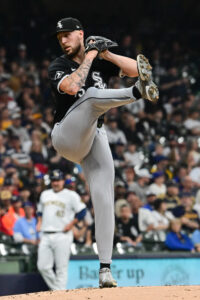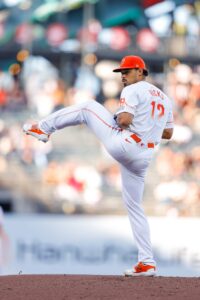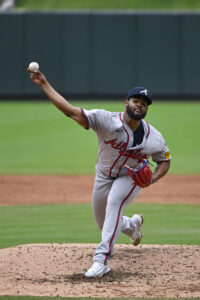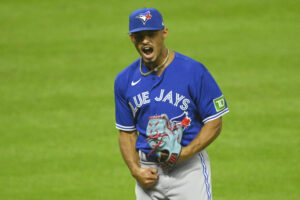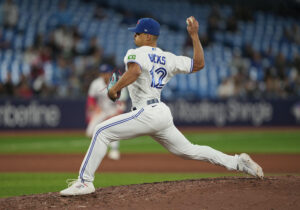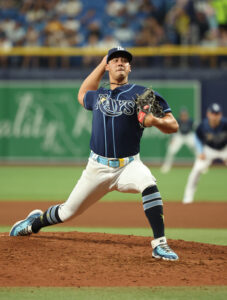The Giants announced that they have placed right-hander Jordan Hicks on the 15-day injured list with right shoulder inflammation. Righty Austin Warren was recalled as the corresponding move. Susan Slusser of the San Francisco Chronicle relayed the details prior to the official announcement (X link one and two).
Hicks was warming up during Friday’s game but didn’t eventually enter the contest. He later said he felt a “zinger” down his arm while getting ready, per Slusser, though he stayed with the club through the weekend. He appeared in Saturday’s game but with diminished velocity. His sinker usually averages between 96 and 97 miles per hour but was around 94 in his most recent outing, per Statcast. It now seems the club has decided to give him some time to rest and heal up.
It’s unclear how long Hicks will be out of action but it’s a blow to the pitching staff regardless. Hicks was in the starting rotation for much of the year but seemed to run out of steam, as his results tapered off as time went on. He had a 3.01 earned run average after his start on June 11, but then posted a 6.83 ERA from June 17 to July 28. He’s been in a bullpen role lately, with six scoreless outings to start the month of August before he allowed one earned run in his Saturday appearance.
Earlier this month, the club put Randy Rodríguez on the injured list. Today, Robbie Ray joined him and now Hicks will hit the shelf as well. The Giants are 66-66 and clinging to life in the National League Wild Card race. They are 5.5 games back of a spot but would need to leapfrog at least three teams while also holding off the clubs just behind them. Doing so will be more challenging now that some key arms have been subtracted from the staff.
Warren, 28, underwent Tommy John surgery in May of last year while with the Angels and that club designated him for assignment in February. Since injured players aren’t allowed to be placed on outright waivers, he was released and signed a major league deal with the Giants. Since he was still working his way back from surgery, the Giants moved him to the 60-day injured list in February when they signed Jorge Soler.
He was reinstated from the 60-day injured list in July, thus retaking his spot on the 40-man roster, but was optioned to the minors. He has thrown 20 Triple-A innings this year with a 4.95 ERA but better peripherals. He has struck out 26.1% of batters faced, walked 6.8% of them and gotten grounders at a 41.2% rate. A .327 batting average on balls in play, 63% strand rate and 17.6% homer to fly ball rate have helped push some extra runs across the board in the hitter-friendly Pacific Coast League.

